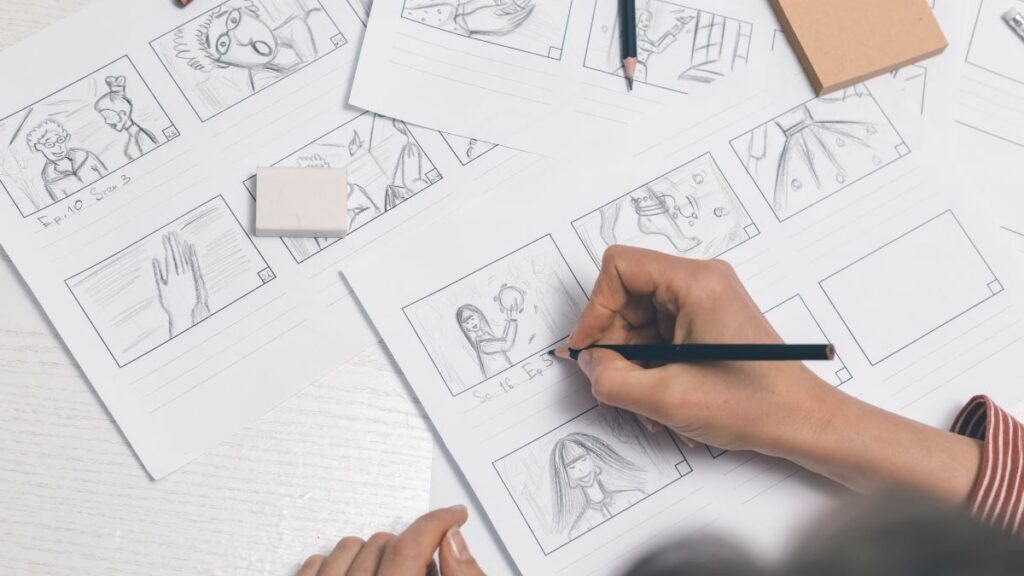The 1950s marked a dazzling epoch in the history of animation, an era where the whimsical world of Disney not only captivated the hearts of millions but also redefined the boundaries of artistic storytelling. This was the Golden Age of Animation, a period where every frame sparkled with the magic of innovation and enchantment.
As the decade dawned, Walt Disney Studios, already a beacon of creativity from its earlier successes, embarked on an audacious journey to push the limits of animation. The studio was not just a place of work; it was a crucible of imagination, where artists and storytellers congregated to breathe life into the fantastical and the unreal.
In 1950, Disney released “Cinderella,” a film that would become a timeless classic. This was not just a movie; it was a masterpiece of narrative artistry, woven together with meticulous hand-drawn animations that shimmered with a dreamlike quality. The story of Cinderella, a tale as old as time, was transformed under the Disney banner into a captivating spectacle, replete with songs that echoed in the corridors of time.
Following the triumph of “Cinderella,” Disney continued its streak of success with “Alice in Wonderland” (1951) and “Peter Pan” (1953). These films were not mere adaptations of beloved stories; they were reinventions, filled with vivid colors and characters that leaped off the screen. In “Alice in Wonderland,” the studio crafted a kaleidoscope of imagination, a journey through a world that defied logic and celebrated the absurd. “Peter Pan” took audiences to the skies, inviting them to revel in the joy of never growing up, in a Neverland that was as real as the hopes and dreams of its viewers.
The era also saw Disney delving into the realm of the experimental with “Lady and the Tramp” (1955), a film that showcased not only romance and adventure but also groundbreaking animation techniques. This was the first Disney animated feature filmed in CinemaScope, offering a wider, more immersive viewing experience. The iconic spaghetti dinner scene remains etched in the annals of animation history, a testament to Disney’s ability to capture the beauty in the mundane and the extraordinary alike.
But the crowning jewel of the 1950s was “Sleeping Beauty” (1959), a film that took nearly a decade to complete. It was Disney’s most ambitious project, a magnum opus that combined the grace of medieval art with the vibrancy of modern animation. Every frame of “Sleeping Beauty” was a painting, a fusion of Gothic and Renaissance styles that brought to life a fairy tale in a manner never seen before.
The 1950s were not just a golden age for Disney; they were a renaissance for animation as an art form. Disney’s films from this era transcended the label of children’s entertainment; they were cultural phenomena that appealed to the young and the old alike. The studio’s commitment to innovation, coupled with its reverence for storytelling, resulted in a body of work that continues to inspire awe and wonder.
As the curtain fell on the 1950s, Disney had not only enchanted the world with its tales of princes and princesses, talking animals, and magical realms; it had also set an unparalleled standard for animation. The Golden Age of Disney was more than a period of artistic triumph; it was a celebration of the boundless potential of human imagination, a reminder that within every sketch and every frame, there lies the power to dream and to create wonders that endure through time.
